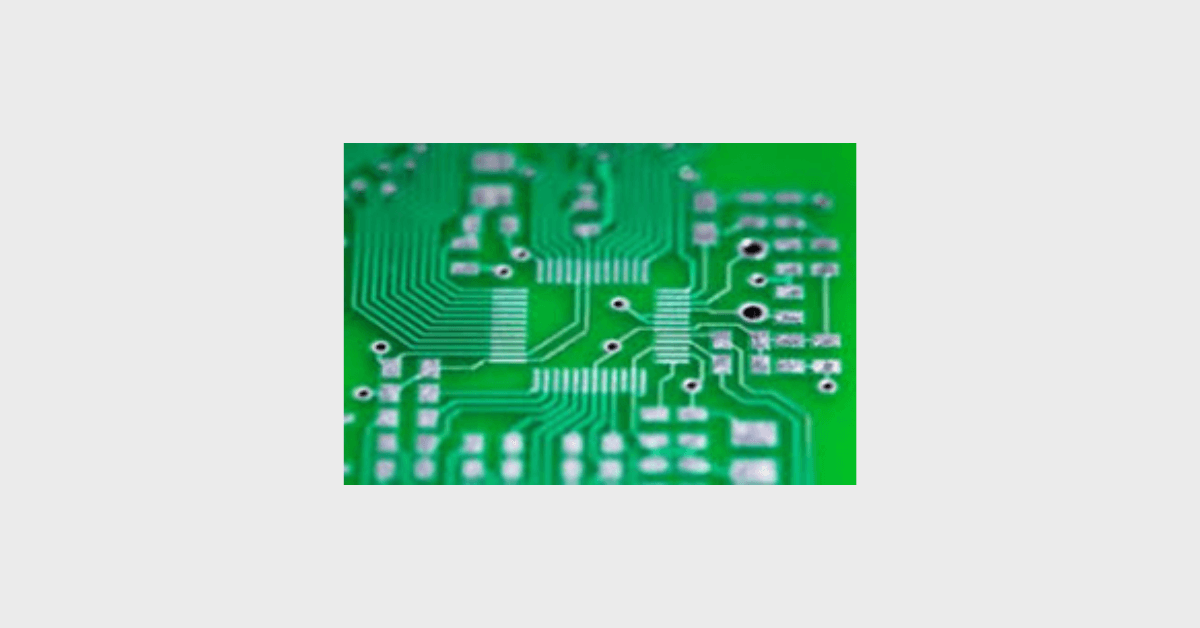
The most common measurement unit for copper thickness on a Printed Circuit Board (PCB) is ounces (oz). How thick is that? It’s the thickness when 1 oz of copper is spread evenly over a one foot square area. It equals 1.37 mils (or 1.37 thousands of an inch). For other common units of measure, consider:
1 oz copper = 1.37 mils (thousands of an inch) or .00137 inch / 34.79 µm (micron or micro meter)
For multiples of 1 oz copper, say 2 or 3 – just multiply above preferred unit of measure by the desired multiple.
Generally, PCBs are fabricated with 1 oz copper thickness as a default, unless specified otherwise. If a design requires more current carrying capability than 1 oz can handle, increase the copper weight or width of the trace.
The thicker the copper, the higher the cost which is driven by the raw material and processing costs. Recommended minimum spacing between copper features considering copper weight guidelines are:
| Cu Weight | Min Spacing |
|---|---|
| 1 oz | 3.5 mil (0.089 mm) |
| 2 oz | 8.0 mil (0.203 mm) |
| 3 oz | 10.0 mil (0.254 mm) |
| 4 oz | 14.0 mil (0.355 mm) |
Tighter spacing is possible with engineering review. Follow the above as guidelines only. In the long run, maximizing the space between copper features improves manufacturability, and lowers cost.


